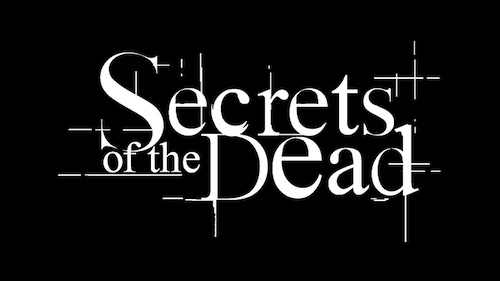Communiqué
Determine the apex predator from 58 million years ago with “Graveyard of the Giant Beasts” on SECRETS OF THE DEAD – Feb. 7 at 10 pm
< < Back to“Graveyard of the Giant Beasts”
on Secrets of the Dead
Wednesday, February 7 at 10:00 pm
Sixty-five million years ago, a giant meteor hit the earth causing a global catastrophe that destroyed an estimated three quarters of the plants and animal species on the planet, including the mighty dinosaurs. Little was known about the survivors who lived in this post-apocalyptic world until a mining operation in Cerrejon, Northern Colombia — excavating coal cut from deep within the earth’s crust — exposed an important layer in the earth’s geological history laid down more than 10 million years after the extinction of the dinosaurs.
Secrets of the Dead: Graveyard of the Giant Beasts opens a window onto a previously unknown period of the earth’s history to reveal a world teeming with creatures seemingly familiar to us, but colossal in size.
In 2003, when paleontologist professor Jonathan Bloch, University of Florida, first heard that this important layer had been exposed, he and his research team rushed to Columbia. He had spent his career studying this Paleocene period in the earth’s geological history. Could this be the lost world he’d been searching for?
 “When you open that door into the world 58 million years ago where no one else has looked, you find things that no one else has found,” says Professor Bloch. “So every time we come to Cerrejon, it’s very exciting because after coming for well over a decade, every time we come we find something new.”
“When you open that door into the world 58 million years ago where no one else has looked, you find things that no one else has found,” says Professor Bloch. “So every time we come to Cerrejon, it’s very exciting because after coming for well over a decade, every time we come we find something new.”
Included in the findings were hundreds of fossilized leaves which indicated the environment then was similar to a tropical forest. But it was the fossils of ancient animals that stunned everyone. What was so noticeably different about them was their size. Had they found the land of the giants?
“In the beginning, dozens and dozens and then hundreds more of these fossils were coming in and getting a chance to unwrap these things and kind of start piecing everything together was great,” says Dr. Alex Hastings, Virginia Museum of Natural History. “Most of them were crocodilians but there were a handful of bones there that were clearly not any crocodilian. The whole structure of the vertebrae was completely different.”
The vertebrae they uncovered belonged to a very large snake. “This animal is going to reset everything we know about what it truly means to be a giant snake,” says Dr. Jason Head, Museum of Zoology, University of Cambridge, and the world’s expert in calculating body size in the largest fossil snakes.
Weighing one and a quarter ton, this giant snake was five times bigger than the largest one alive today. Named Titanoboa, the 43-foot snake made headlines around the world when the findings were published in 2009.
No other creature could match Titanoboa in its size and strength. Or, so it was thought, until another discovery in Cerrejon suggested that Titanoboa’s rule was challenged by a giant crocodilian. Secrets of the Dead: Graveyard of the Giant Beasts follows scientists as they try to comprehend the size of this animal and uncover what made it so successful. Close analysis of fossils and scientific experiments reveal unmatched hunting prowess. So which one was the apex predator in Cerrejon 58 million years ago? The answer lies in how the creatures eat and not how they kill.

